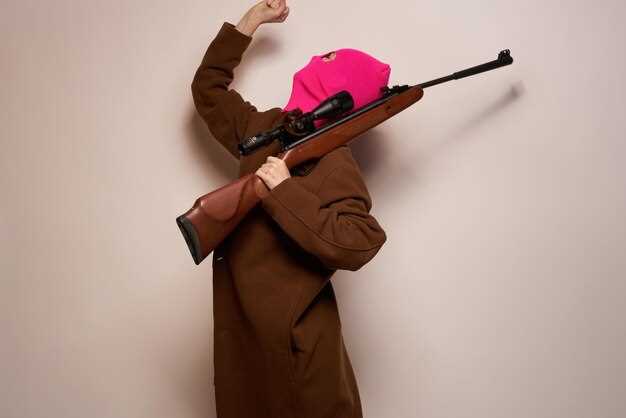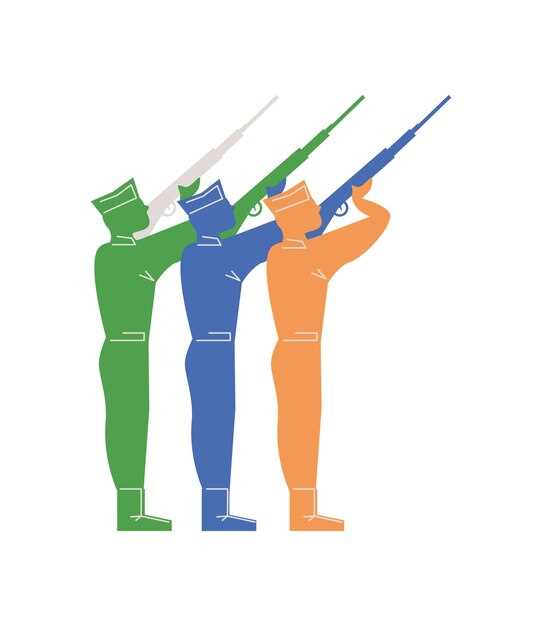
When it comes to hunting, the use of a treestand provides a significant advantage. Elevating your position allows for a broader field of view and minimizes your scent profile. However, mastering the art of shooting from a treestand requires understanding both control and technique. This article will explore critical strategies to enhance your shooting accuracy while perched above the ground.
One of the key aspects of successful shooting from elevated stands is maintaining control over your body and equipment. The height can affect your balance, and even slight movements can throw off your aim. Practicing drawing your bow or shouldering your rifle from a seated position mimics the conditions you’ll face in the field. This preparation helps ensure that you can effectively manage any slight shifts in your position.
Additionally, learning the unique angles involved in shooting from a treestand is vital. The trajectory of your arrow or bullet will differ compared to shooting on flat ground. Understanding how to adjust for these angles can increase your success rate. In the following sections, we will delve deeper into specific techniques that will allow you to maximize your potential while hunting from elevated positions.
Mastering Angle Control for Accurate Shots
When hunting from a treestand, understanding and mastering angle control is crucial for achieving accurate shots. The elevated position offers a unique perspective on your target, but it also comes with challenges that require precision and skill.
Understanding the Impact of Elevation
The height of your treestand can significantly affect the trajectory of your shot. When shooting from above, your line of sight and the flight path of the arrow or bullet alter. This angle can lead to either high or low shots if not properly accounted for. It’s essential to practice at different heights to understand how elevation influences your shooting.
Practicing with Angled Shots
To improve your control, regularly practice shooting from different angles and heights. Set up a practice target at various distances while positioned in your treestand or an elevated platform. Experiment with both upward and downward angles to gauge how distance affects your aim. This practice will enhance your intuitive understanding of adjustments necessary for accurate shooting.
Calculating Range and Adjusting Aiming Points
One of the most important aspects of angle control is the ability to calculate the effective range. When shooting downhill, the range may appear shorter; conversely, shooting uphill may require you to consider an extended distance. Utilize a laser rangefinder for precision to determine the actual distance to your target. When hunting, adjust your aim at the vital areas accounting for drop or rise due to the angle.
Utilizing Reference Points
Identify reference points in the terrain for improved angle control. Familiar landmarks can aid in determining distance and height, allowing you to make necessary adjustments before capturing your shot. Whether it’s tree branches, rocks, or other landmarks, use these as guides to refine your shooting precision.
Focus on Your Stance and Stability
Your shooting stance while perched in a treestand is critical for maintaining control. Ensure that you are stable, with your feet firmly planted and your body aligned in the shooting position. Consider using a safety harness for security while practicing or shooting, as this will boost your confidence and focus, enhancing your performance when it counts.
By mastering angle control from your treestand, you can significantly increase your shooting accuracy. The combination of practice, range calculation, and a steady stance will help you make the most of your elevated shooting opportunities.
Adjusting Your Stance and Position in a Treestand

Finding the right stance and positioning in a treestand is crucial for effective shooting. Maintaining control over your body and aiming at the correct angle ensures greater accuracy. Start by positioning your feet shoulder-width apart for a stable base, allowing for better balance and support during the shot.
Next, adjust your body posture. Keep your knees slightly bent to absorb any movement and prevent stiffness. This flexibility helps in tracking the game and reacting swiftly. Engage your core muscles to enhance stability, which is particularly important when drawing your bow or aiming your rifle.
When it comes to adjusting your angle, consider the height of your treestand and the terrain below. Position your body so that your upper body leans slightly forward, providing you with a clear line of sight to your target. This slight inclination aids in maintaining control over your shooting trajectory and enhances precision.
Utilize the safety harness while adjusting your position. It not only ensures safety but can also provide support when making slight movements to find the optimal shooting angle. Practice shifting your weight subtly to maintain balance while keeping your aim steady. The ability to remain relaxed yet poised will significantly impact your shooting performance.
Finally, incorporate time into your practice sessions to experiment with different stances and angles in your treestand. Understanding how small adjustments can affect your control and shooting accuracy will make you a more proficient hunter. Regular practice will help you adapt quickly during the actual hunting experience.
Selecting the Right Equipment for Elevated Shooting

When it comes to elevated shooting, the right equipment is essential to ensure both accuracy and comfort. Choosing the appropriate gear not only enhances your shooting experience but also allows for better control over your shots. Here are some key considerations for selecting the right equipment.
1. Riflescope: An effective riflescope is critical for shooting from elevated stands. Look for a scope with adjustable magnification to help you achieve precise target acquisition at various distances. A wider field of view allows for better tracking of moving targets, while good light transmission ensures clarity in different lighting conditions. Pay attention to the reticle design as well; it should facilitate quick target alignment without obstructing your view of the target.
2. Bipods and Resting Gear: Stability is paramount when shooting from an elevation. A bipod or a shooting rest can significantly enhance your control, providing a steady platform that minimizes movement. Choose a bipod that is adjustable and sturdy enough to withstand the conditions you might face in the field. This will help you maintain a consistent shooting angle, leading to more accurate shots.
3. Shooting Position: When selecting gear, consider how it complements your shooting position. Elevated stands may require different techniques compared to ground level. Ensure your rifle allows for a comfortable stance, enabling you to maintain a proper shooting angle without straining your neck or back. Adjustable stocks can be beneficial in achieving a more ergonomic setup.
4. Clothing and Accessories: Your choice of clothing can also impact your shooting performance. Wear layers that allow for ease of movement and adequate weather protection. Accessories like shooting gloves and ear protection can enhance control and comfort, making lengthy sessions more enjoyable and productive. Make sure to also check that your gear doesn’t snag or create unnecessary noise while maneuvering in the stand.
5. Ammunition: Finally, the type of ammunition used can affect your shooting results. Select high-quality rounds that are suitable for your firearm and provide the terminal performance you need. Make sure to test various brands and bullet types to find the one that offers optimal accuracy and consistency, especially when taking angled shots from an elevated position.
By carefully selecting your equipment based on these factors, you can significantly improve your shooting experience from elevated stands, maximizing both control and effectiveness in various hunting scenarios.



